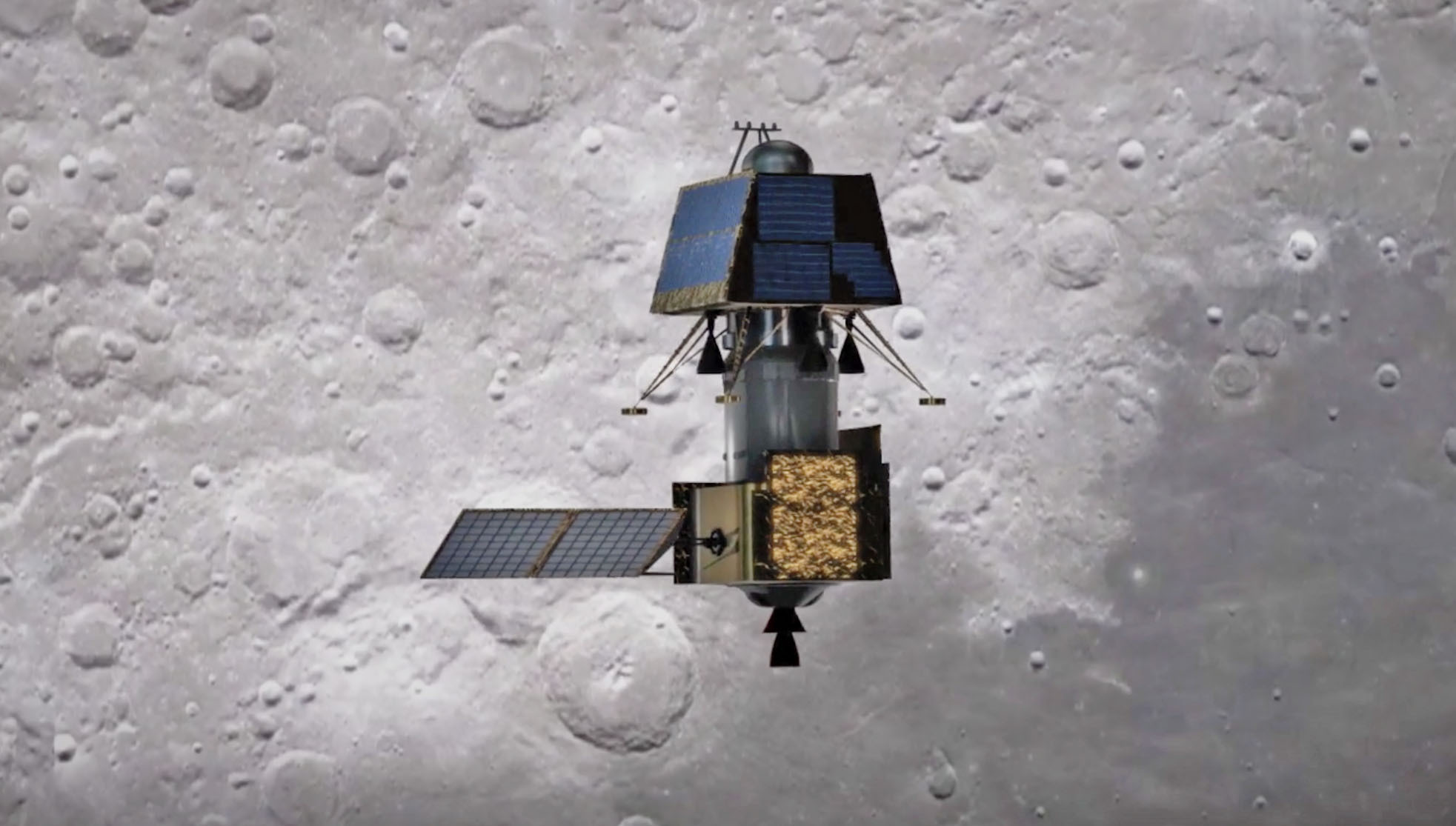BY INVITATION / Sadhna Shanker

The Moon has always held a special place in human civilization. There are rituals, prayers and beliefs associated with the cycles of the Moon across cultures. Celebrating the Full Moon is a ceremony in many parts of the world. In 2022, the Moon is going to be in focus for very different reasons.
The flavor of 2021 was space tourism, this year the hot favorite is going to be the Moon. Nearly half a century after 1969 when men first walked on the Moon, it is again the focus of attention across the globe. In 2022, many countries are headed to the Moon, and lunar exploration is going to change our future interface with space.
South Korea will be launching its first lunar spacecraft in summer. UAE will be launching ‘Rashid’ in autumn. Russia, China and India too are geared up for the Moon this year. ISRO will launch the ambitious Chandrayaan-3 mission in the third quarter of 2022 after work was delayed due to Covid-19. Two years ago, Chandrayan 2 crash-landed on the far side of the Moon. While the lander and the rover crashed, the orbiter is still hovering above the lunar surface and ISRO plans to use it with Chandrayaan-3.
The most ambitious program for the Moon is NASA’s Artemis project. Set to launch in a few months, it will involve the powerful Space Launch System rocket and an associated crew capsule ‘Orion’. NASA is planning to build a lunar orbiting space station called ‘Gateway’ by 2024. It will host a shuttle which astronauts will use to touch down on the Moon. The aim is to carry astronauts to the Moon and beyond, and reopen space to investigation by humans rather than robotic rovers. The first step would be to build an outpost on the Moon, where astronauts can live for months at a time, and conduct research.
Not just governments, but many private players too are in the arena for launching lunar missions. NASA’s Artemis project has already woven SpaceX’s Starship into the plan for a human landing on the Moon around 2025. Starship is crucial to Elon Musk’s plans to inhabit Mars. SpaceIL, an Israeli organization is also working towards landing a probe on the far side of the Moon. The UAE’s rover will be launched by a landing craft built by a Japanese firm.
The renewed race to the Moon is also seeing many emerging partnerships and alliances. The European Space Agency is involved and invested in the Artemis project. In June 2021, China and Russia launched a joint project to build a Moonbase and space station in the lunar orbit.
What is pushing the world towards the Moon? The Moon is likely to be the base from which research and ability to inhabit Mars will evolve. A prime target for the first lunar outpost is near the Moon’s South Pole – the Shackleton Crater. It is believed to hold reservoirs of ice. Water apart from providing sustenance for astronauts, can also be exploited as a source of hydrogen and oxygen – through electrolysis – that could be combined as rocket fuel. Further, ‘Regolith’ the Moon’s surface itself, when mixed with appropriate liquids, could turn into ‘ink’ for 3D printing!
The planned expeditions to the Moon are exciting and open up immense possibilities. But they also bring to the fore issues of ownership of resources of outer space. The Outer Space Treaty ratified by 111 countries, including India, was signed in 1967 and bans claims of sovereignty over heavenly bodies. Since then, geopolitics has transformed, and more and more non-state actors have moved into the arena of space exploration. The need for rethinking and re-imagining ownership of Space resources has become necessary, and imminent.
The next time you see the Moon shining brightly in the night sky, imagine that soon it will be inhabited by humans living and working there. Humanity’s journey of moving towards other planets would then have actually begun.
Sadhna Shanker is a writer based in New Delhi


























